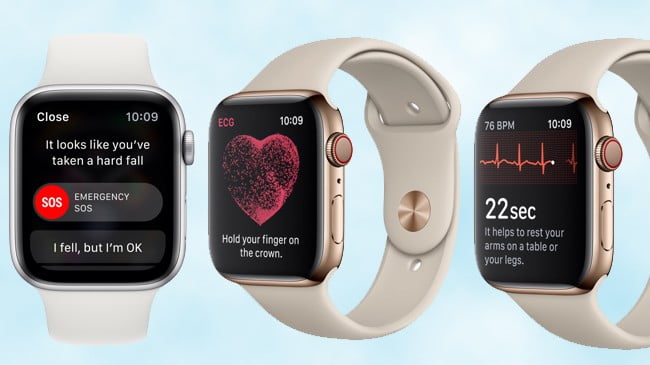Today, we’re able to receive alerts on our smart watches about how many steps we’ve taken during the course of the day, or the distances we’ve ran/walked throughout a whole week. Although this is impressive and certainly interesting, medical experts believe that wearable medical devices can be expanded to even larger and more important uses.
What are wearables?

That’s most likely the first question that popped into your head, right? Wearables are pieces of technology that you can wear, that is to say, smart watches or fitness trackers like Fitbit. In this case, we’re talking about wearable medical device types, which are most commonly seen in the form of hearing aids, cardiac devices, and insulin pumps.
According to IDTechEx’s most recent report of wearables from the last 10 years, out of 48 different wearable types, 20 are considered to be for medical uses. It’s also been growing significantly in the market from 2010 to 2019 with increases in revenues of up to $10bn each year.
What do wearables do?
It’s not only how many steps we take or kilometres we’ve ran that is obtainable in terms of data, it’s also the analysis of our vitals, that is to say our heart rates, respiratory rates, and blood pressure. In fact, the Apple Watch 4 was given FDA clearance for various cardiac monitoring capabilities.

And evidently, it’s not just with watches. Imagine you’ve injured yourself after an intense workout, so you pop on a shirt that heats the injured area to ease the pain. Well, that could become a reality with ongoing talks of the mass release of FDA-approved smart clothing products, which have the potential for vital sign monitoring, electric muscle stimulation and of course, heating components for injury recovery.
An example of this is Italy’s World Cup kit in 2014 which provided “micro-massages” to its players via massage strips in the fabric (seen below).

I know what you’re thinking. These companies and medical futurists are pulling ideas straight out of Star Trek, and whilst you’re not wrong, they may not be either. Wearables may, in the future, have the potential to monitor particular medical conditions that could prove to be crucial.
Even if does seem very science fiction-based, it remains something to keep an eye on.





